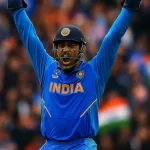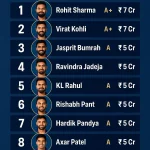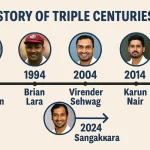You’ve seen it. The screen flashes “Strike Rate: 182.3” and the crowd erupts. Maybe it’s SKY going berserk at No. 4 or Jos Buttler dismantling a powerplay. But here’s the truth: strike rate isn’t just a stat. It’s a statement. It tells you who’s dictating terms, who’s flipping the match narrative. And if you’ve ever tried to break down an innings — whether in your club game or while shouting at the TV — you’ve probably needed a strike rate calculator more than once.
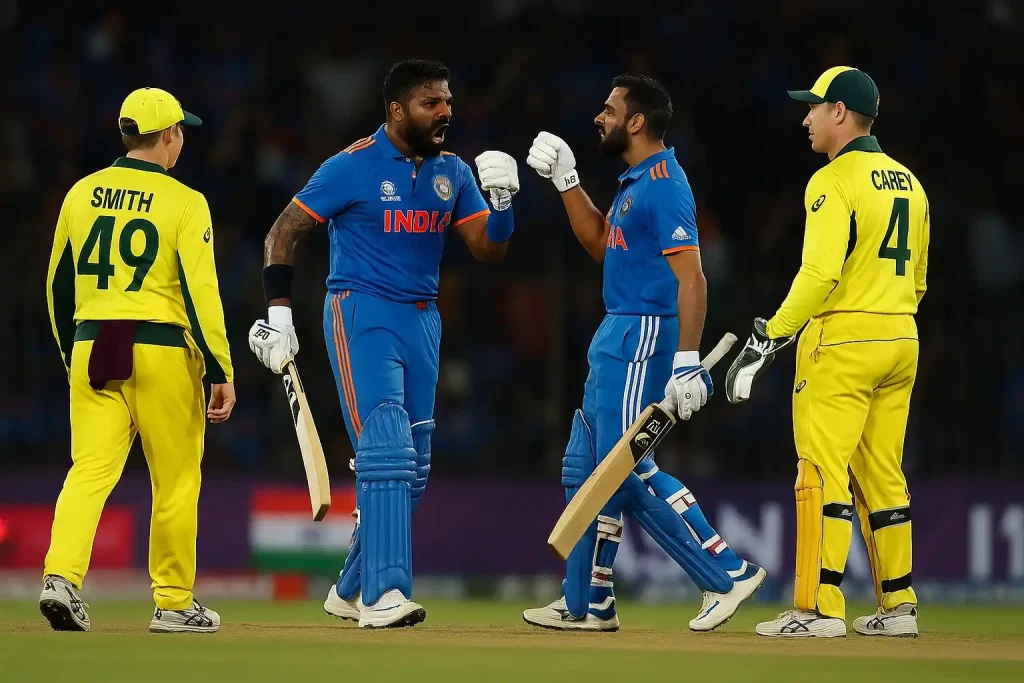
Strike Rate: The Formula That Changed Everything
At its core, the strike rate formula is simple:
Strike Rate (SR) = (Total Runs ÷ Balls Faced) × 100
And yet, what it reflects is nuanced. A batter scoring 50 off 50? That’s a strike rate of 100. Perfectly acceptable in a Test match. But in T20s? You’ll hear murmurs in the dugout.
Now imagine 50 off 20. That’s 250. That’s chaos. That’s match-defining. That’s why every digital scoreboard and fantasy app has a strike rate calculator baked in.
But it’s not just about what’s fast — it’s about what’s timely. Kohli scoring at 130 in a pressure chase? That’s golden. Same number in a flat-pitch dead rubber? Maybe not as much.
Table 1: Strike Rate Benchmarks Across Formats
| Format | Average SR Range | Elite SR Threshold | Contextual Insight |
| Test | 40–55 | 70+ | Strike rate here indicates tempo control |
| ODI | 75–90 | 100+ | Good SR balances aggression with wickets |
| T20I/League | 120–150 | 160+ | High SR often trumps even total runs scored |
These aren’t just numbers. They define roles. A middle-over consolidator can survive with an SR of 110 in T20. But a finisher? You need 170+ regularly. And that’s where having quick access to a strike rate calculator becomes handy — not just for analysts, but fans too.
Why Strike Rate Changed the Way We Judge Batters
In the 1990s, if a player scored a century, that was enough. Even 80 off 120 balls? Applauded. But the white-ball game evolved. As T20 entered the arena, and powerplays came with field restrictions, strike rate became currency.
MS Dhoni’s peak years were about finishing games with strike rate in the 140s — without taking wild risks. AB de Villiers made 360° hitting seem like geometry. SKY hits 200+ SR innings without breaking sweat. And suddenly, 50(50) became… unimpressive.
This shift didn’t just happen at the top. In club cricket, on ESPNcricinfo, in fantasy leagues — the strike rate calculator became a tool of judgment. For coaches, captains, even selectors. Because strike rate doesn’t lie — it shows intent, control, and pressure-handling all at once.
The Tools of the Trade: Digital Strike Rate Calculators
There are dozens of calculators online — TheCricketPanda’s version being one of the most intuitive. You just plug in runs and balls faced, and it spits out the SR instantly. Great for:
- Scoring apps (CricHeroes, PlayHQ, etc.)
- Live commentary and analysis
- Fantasy sports decisions
- Youth coaching sessions
It’s not glamorous. But it’s damn useful. Especially when you’re mid-argument over whether someone’s 30 off 12 was more impactful than a 60 off 45.
Table 2: Real-Life Strike Rate Showdowns
| Player A | Runs | Balls | SR | Match Impact |
| Glenn Maxwell | 31 | 8 | 387.5 | Closed the game in 2 overs |
| David Warner | 89 | 56 | 158.9 | Set platform, but innings lacked final push |
| Rinku Singh | 43 | 18 | 238.9 | Match-winning cameo under pressure |
| Steve Smith | 65 | 52 | 125.0 | Controlled innings, but strike rate dipped |
This isn’t hypothetical. These are innings we’ve seen. And judged. Not just by runs, but by how quickly those runs came. A strike rate calculator isn’t a gimmick. It’s how we measure bravery.
But What About Bowlers?
Yes — there’s a strike rate for them too. It’s just a different equation:
Bowler SR = Balls Bowled ÷ Wickets Taken
This tells you how frequently a bowler strikes. A SR of 15 means a wicket every 2.5 overs. Lethal. Especially in T20s, where dot balls are rare, and breakthroughs are golden.
So yes, strike rate calculators matter for both bat and ball. And in modern cricket, where pace rules and margins are razor-thin, this stat might be more honest than average.
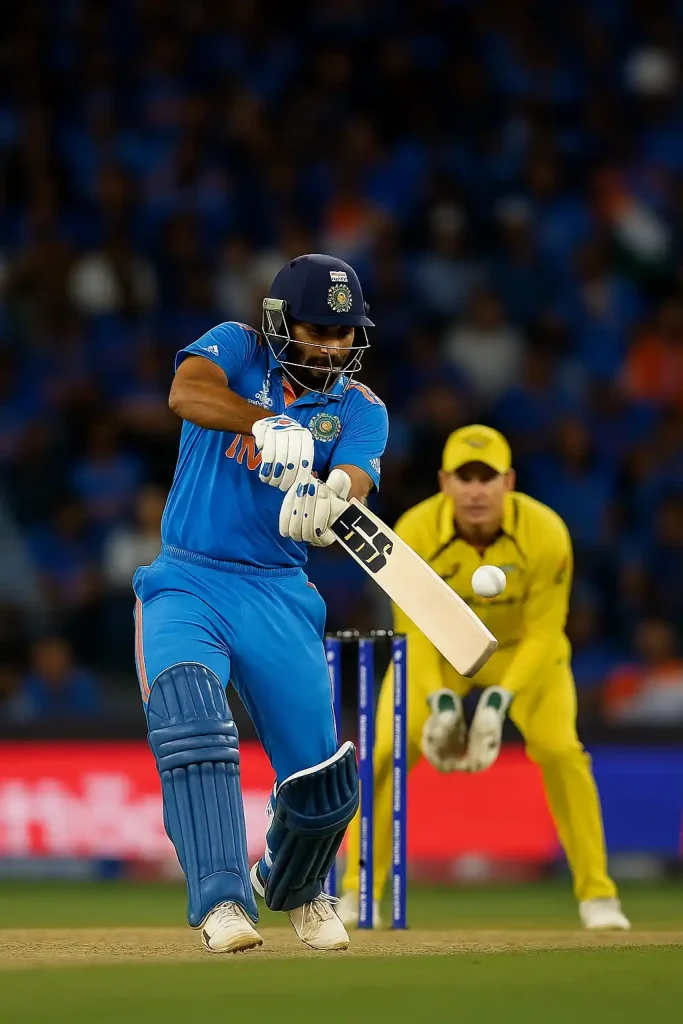
Final Thoughts: Why Every Fan Needs a Strike Rate Calculator
Because context matters. Because not all runs are equal. Because scoring 25 off 10 can flip a match more than 75 off 60. And in that moment — when you’re watching a player take the game away — you’ll instinctively do the math.
That’s what the strike rate calculator brings to the table. Clarity. Whether you’re at the ground, glued to a screen, or playing your own weekend match.
So next time someone tells you stats are boring, ask them one thing: What’s your strike rate?

Meet Arjun Kushaan, a passionate cricket analyst at The Cricket24x7. From street matches in his childhood to competitive college tournaments, cricket has always been a central part of Arjun’s life. With a strong background in data analysis and a natural affinity for numbers, he brings a fresh, analytical lens to the game. At The Cricket24x7, Arjun blends his deep love for cricket with his data-driven approach to deliver detailed insights and well-rounded coverage for fans of the sport.


